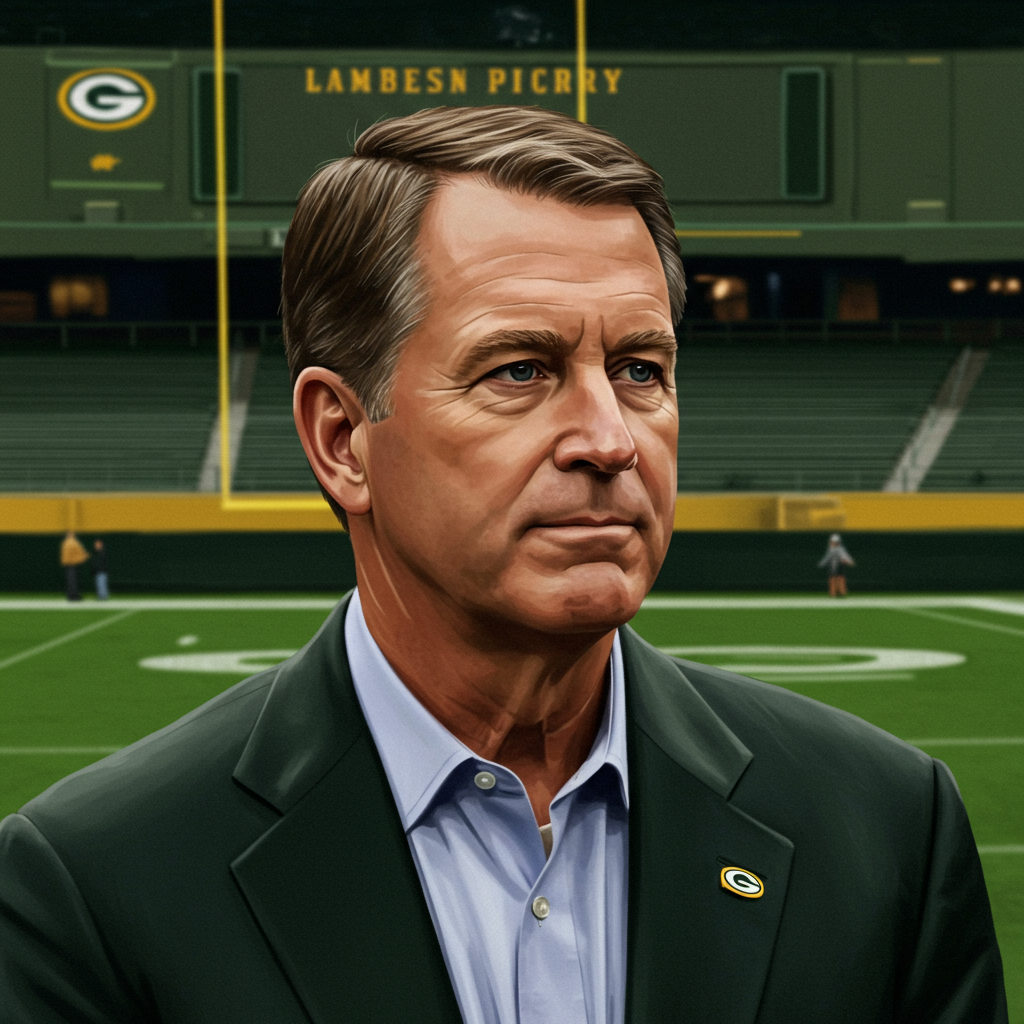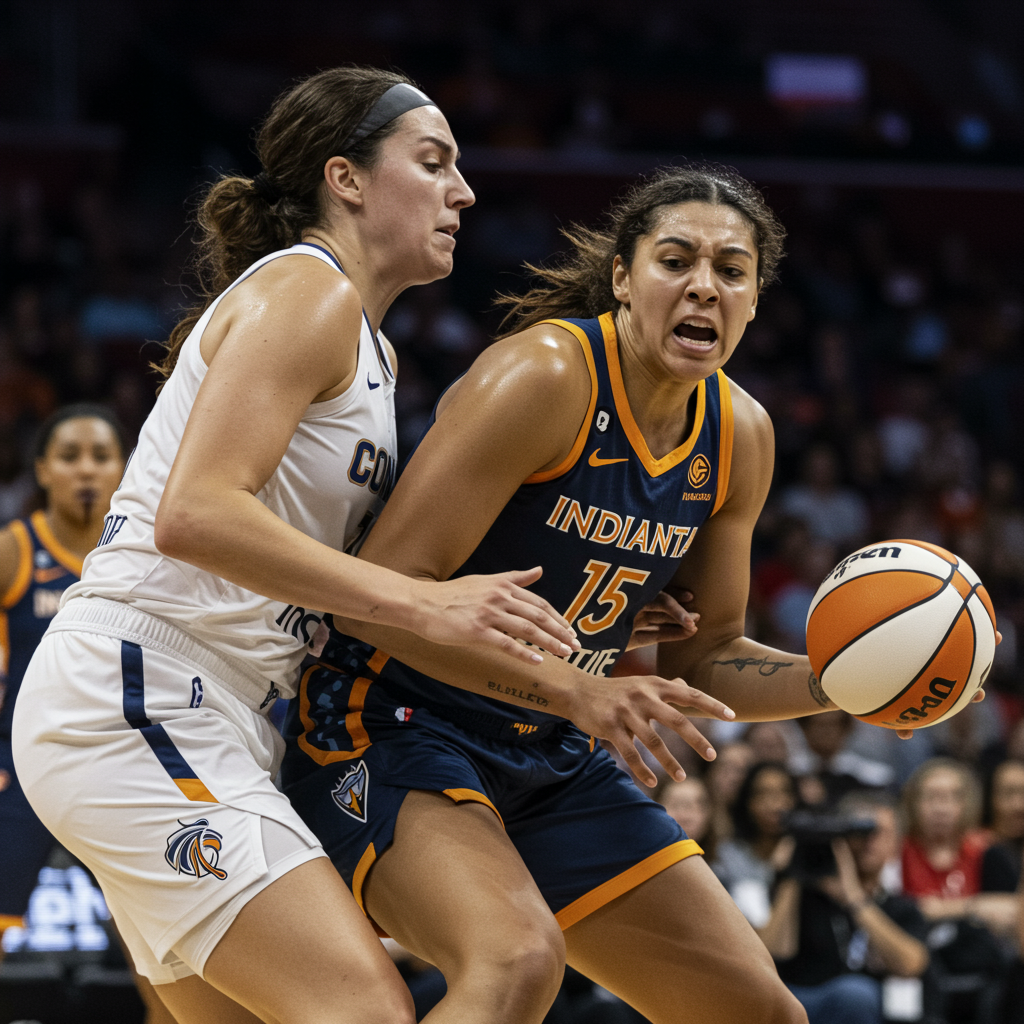A shocking 40-40 deadlock against the Green Bay Packers in Week 4 left Dallas Cowboys owner and general manager Jerry Jones navigating a complex mix of emotions. The dramatic conclusion to the game, unfolding at AT&T Stadium, saw a last-second field goal from Brandon McManus snatch victory from the Cowboys’ grasp. Despite the unexpected tie, Jones offered a candid assessment of his team’s position, reflecting on the game’s wild swings and the controversial trade involving star pass rusher Micah Parsons.
Jones described his feelings as “better than I could’ve felt, but worse than I could’ve felt as well.” This sentiment underscores the agony and ecstasy of a contest that nearly ended in a Dallas win. The tie leaves the Cowboys with a 1-2-1 record, a far cry from their desired start, yet Jones remains resolute in his belief that the team can contend for a playoff berth.
A Rollercoaster Battle and the OT Rules Debate
The Week 4 clash against the Packers was a high-octane affair, marking the second-highest-scoring tied game in NFL history. It featured nine lead changes and two ties, showcasing explosive offensive performances from both sides. Dallas initially stumbled, not scoring until the second quarter. However, a crucial fumble recovery by the Cowboys led to a quick touchdown, sparking a rally that saw them score on six of their final seven possessions.
The game’s closing moments were nothing short of cinematic. As the clock wound down in overtime, a Green Bay pass intended for Matthew Golden deflected off Cowboys player Jack Sanborn’s back, hitting the turf. Jones initially believed this secured a Dallas victory, exclaiming, “We said we’d won the game. We jumped up and said ‘We’ve won this game! The time is out.'” Instead, the ball’s trajectory saved a single second, allowing Brandon McManus to drill a 34-yard field goal, forcing the rare 40-40 tie. This dramatic finish rekindled discussions about NFL overtime rules. Jones, however, firmly opposes altering regular season rules to eliminate ties, emphasizing the practical need for games to conclude within a “time frame.” He accepts ties as a part of the game’s current structure.
Quarterback Duels and Breakout Stars
Dak Prescott delivered a stellar performance, throwing for 319 yards and three touchdowns against a Packers defense known for its stinginess. His counterpart, Jordan Love, also impressed, overcoming an early fumble to throw for 337 yards and three touchdowns. For Dallas, the absence of All-Pro receiver CeeDee Lamb due to a high-ankle sprain presented an opportunity for others. Wide receiver George Pickens seized the moment, recording eight catches for 134 yards and two crucial touchdowns, including one that put Dallas ahead late in the game. Pickens’ exceptional play is rapidly building trust with Prescott, who lauded his focus, dedication, and ability to uplift teammates. Prescott highlighted Pickens’ consistent resume, expressing no surprise at his breakout night.
The Lingering Shadow of the Micah Parsons Trade
Beyond the game itself, the most compelling storyline was the first meeting between the Cowboys and Micah Parsons since his blockbuster trade to the Packers. Jones orchestrated the deal, sending Parsons to Green Bay for Kenny Clark and two future first-round picks. Jones’s rationale for the trade has been a subject of intense scrutiny, and he reiterated his stance post-game: “It’s very simple. Dak was indispensable, in my mind… and Micah wasn’t.” He framed the decision as a purely “numbers” game, driven by the significant financial commitment already made to Prescott.
Parsons, on the other hand, approached his return to AT&T Stadium with an “all business” attitude, reportedly not greeting Jones or former teammates before kickoff. He later swapped jerseys with Trevon Diggs. Parsons’ post-game comments revealed a deeper sense of personal disconnect, stating his “emotions for me being in Dallas went away the moment they traded me.” He expressed feeling that Jones “couldn’t tell me as a man [about the trade],” transforming his perspective from emotional attachment to a “respect factor” issue. This tension underscored the highly anticipated matchup, which many viewed as a battle for “bragging rights.”
Dissecting the Trade’s Impact
Despite Dallas’s strategic efforts to run plays away from him, Parsons still made an impact, recording three tackles, three hurries, and a crucial overtime sack on Prescott that prevented a potential game-winning touchdown. Some analysts view Jones’s trade justification as a “performance” to mask “devastating financial decisions” that left him unwilling to pay a star edge rusher. Critics argue that Dallas’s current 1-2-1 record and its struggles in pressure rate and opposing QBR—areas where Parsons excelled—highlight his absence as a significant deficit. Jones, however, expressed satisfaction with how the Cowboys prepared for and contained Parsons. He maintains that acquiring “four plus players” for the Cowboys was a justifiable return for the financially demanding Parsons.
Building for the Future and Playoff Aspirations
Looking beyond the tie, Jones holds firm in his belief that the Cowboys possess playoff potential. He sees the team as “building,” highlighting the growth of young players like DaRon Bland who are gaining valuable game experience. Additionally, the anticipated return of injured talent is expected to bolster the roster, particularly in the secondary, improving discipline. Jones’s conviction is also rooted in Dak Prescott’s strong play and the ample number of games remaining in the season, suggesting it’s not premature to expect a playoff push.
However, external perspectives suggest the urgency for the Cowboys to win is “immediately,” given that key players like Prescott, CeeDee Lamb, and George Pickens are in their prime. While Dallas has shown competitive spirit, nearly beating the undefeated Eagles and outlasting the Giants in a shootout, the team has faced challenges. Their red-zone defense remains an issue, allowing opponents to score on all five red-zone possessions against the Packers. The team’s passing defense has also been porous, allowing numerous explosive plays. The acquisition of defensive tackle Kenny Clark from the Parsons trade did appear to strengthen their run defense, holding Green Bay to under three yards per carry for much of the game. Ultimately, the tie against the Packers left both sides without a clear claim to victory, leaving the underlying debates about the trade and the Cowboys’ trajectory unresolved.
Frequently Asked Questions
What was Jerry Jones’s initial reaction to the Cowboys’ dramatic tie against the Packers?
Jerry Jones initially believed the Dallas Cowboys had won the game against the Green Bay Packers. As a Green Bay pass bounced off Jack Sanborn’s back, Jones and his staff declared victory, only to be surprised when a single second remained on the clock, allowing Brandon McManus to kick a game-tying field goal. Jones expressed a mixed feeling post-game, stating he felt “better than I could’ve felt, but worse than I could’ve felt as well,” reflecting the emotional rollercoaster of the high-scoring contest.
How does the Cowboys’ 1-2-1 record impact their playoff aspirations according to Jerry Jones?
Despite the Cowboys’ 1-2-1 start to the season, Jerry Jones remains confident in the team’s playoff potential. He believes the combination of promising young players stepping up, such as DaRon Bland, and the anticipated return of injured talent will improve the team throughout the season. Jones specifically cited Dak Prescott’s strong performance as a key reason for his optimism, emphasizing that with many games left, it’s not an overstatement to consider the Cowboys a playoff-contending team.
Was Jerry Jones’s decision to trade Micah Parsons primarily a financial or strategic football move?
Jerry Jones maintained that his decision to trade Micah Parsons was fundamentally a “numbers” decision, driven by financial considerations rather than personal reasons. He categorized quarterback Dak Prescott as “indispensable” in his mind, while Parsons, despite his talent, was a more flexible asset given the team’s existing salary commitments. However, some analysts argue that Jones’s public justification may have been a “performance” to mask underlying financial constraints that made him unwilling to pay another highly-paid player, suggesting a blend of financial strategy and practical team-building limitations.


